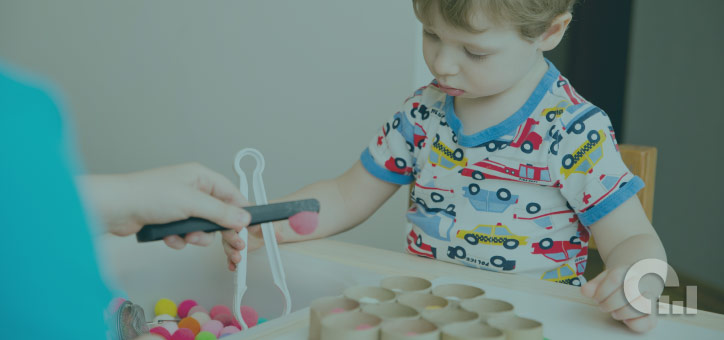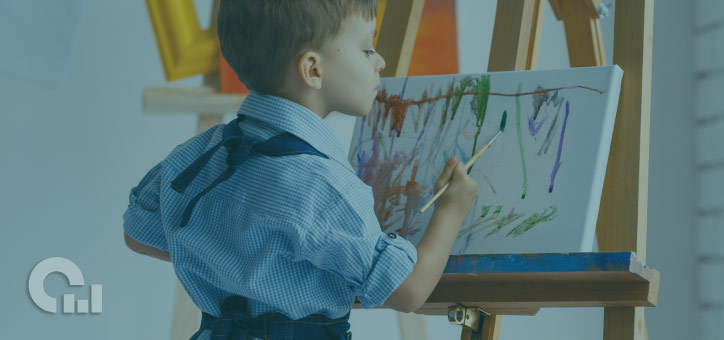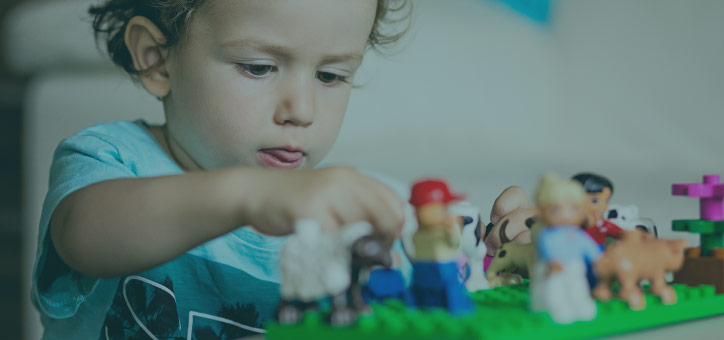What matters in education? Are high test scores your end goal, or would you rather be a well-rounded person with mental and emotional intelligence?
Far too often, parents, teachers, and schools focus on tangible goals that may not have any long-term importance. Schools test children on whether they can recount the alphabet, count to 100, or ace a spelling test. These topics are important, sure, but they can’t stand alone. Have you ever crammed for a test, done well, and proceeded to forget every bit of the material you learned? That’s exactly what children can do if their only end goal is to pass a test.
But what if parents and students wanted more? And they would be right to want more. The goal of education isn’t to pass a test. A test is only the means through which you demonstrate your knowledge. But that knowledge should stick around far after you finish the exam, and it should apply to the real world. So is there a strategy to make knowledge stick around?
What Are the Key Components of Creative Curriculum?

In comes the creative curriculum. The creative curriculum is one of the best teaching strategies for early learning because it focuses on the development of the whole child. It strives to be innovative, responsive, supportive, comprehensive, and developmentally appropriate. Let’s break down each aspect of the creative curriculum.
The creative curriculum is innovative. It asks that teachers and school districts use resources, teaching strategies, and tools that are conducive to better early childhood education. Because of the nature of innovation, what a teacher may implement one year may prove obsolete in the next. In this case, teachers must be flexible and open-minded to the latest research in development and learning. Which brings us to our next word: responsive.
Science and research may back the latest innovation in teaching strategies, but what if this innovation doesn’t bode well in your particular classroom? Or what if the majority of your students find it helpful, but there are a few students for whom the teaching strategy doesn’t work. The creative curriculum encourages teachers to be responsive to any student’s needs.
The creative curriculum is also critically supportive. Look, teaching isn’t easy. Everybody knows that the job of the mother and caretaker can be challenging. Now, imagine that you’re in charge of the well-being and learning of 20 or more children at once. Without explicit guidance and support, teachers can feel stranded and stressed in their day-to-day work. The designers of the creative curriculum realized this strife, and thus designed the creative curriculum to support, advise, and provide guidance to teachers every step of the way of their professional lives.
Furthermore, the creative curriculum is comprehensive. First, it’s comprehensive in nature, focusing on each of the subjects that students may be exposed to in university. More importantly, though, it’s comprehensive in the sense that it abides by state and national early learning guidelines. It also aligns with the Head Start Early Learning Outcomes Framework.
Finally, the creative curriculum is developmentally appropriate. The curriculum promotes teaching strategies appropriate for each age group. It is not introducing a six-year-old to calculus. Instead, it follows the trends and average educational goals among each grade.
But, you may ask yourself, the students in each grade fluctuate in abilities, too. What about them? Well, the creative curriculum accounts for them, too. It allows teachers to alter the curriculum to meet the needs of the young children in their courses.
What Is the Philosophy of Creative Curriculum?

The creative curriculum is perhaps the nation’s most popular curricula in preschool. It looks at education not just as a means for good grades and high scores on college entrance exams, but as a means to develop social, emotional, physical, and cognitive skills, too. Thus, the philosophy of the creative curriculum is to focus on every aspect of a human, not just every aspect of a good education.
Beyond the philosophy and research-based nature of the creative curriculum, it’s exceptionally practical. A well thought out philosophy may be enough for some teachers, but many teachers need additional guidance. And the creative curriculum provides it. Besides theories and practices, handbooks for the creative curriculum provide day-to-day exercises and lesson plans for teachers of all types of interest areas and grades.
If you’re a teacher, you’ve probably come across the creative curriculum. Your school may abide by it, your peers may encourage it, or you may be pitching the curriculum to your school district head. And if you’re an early childhood education student, you’ll be sure to learn about the creative curriculum.





